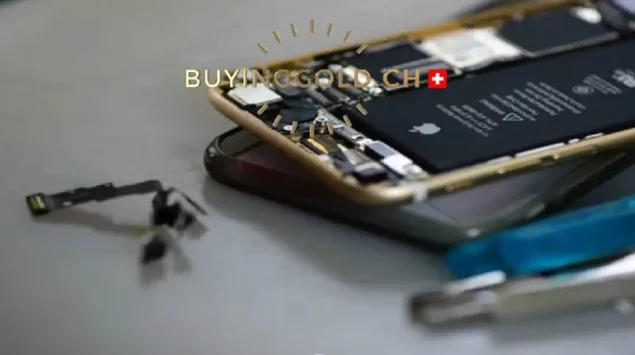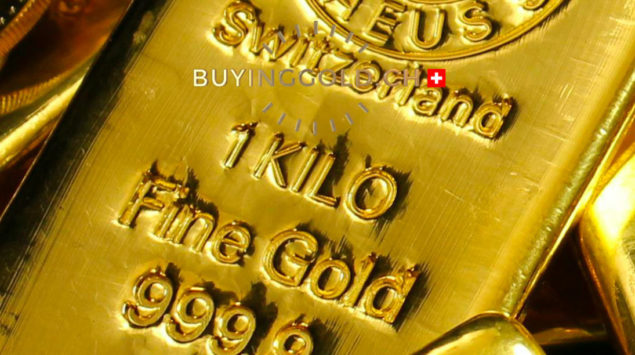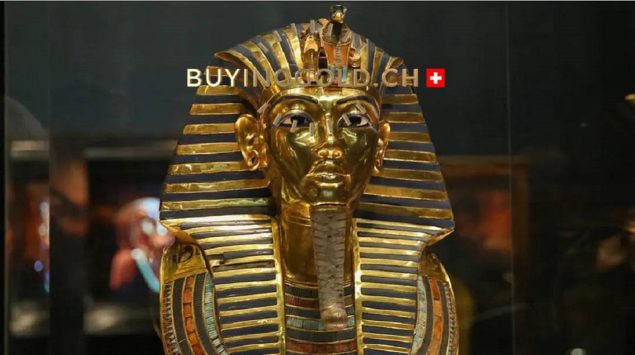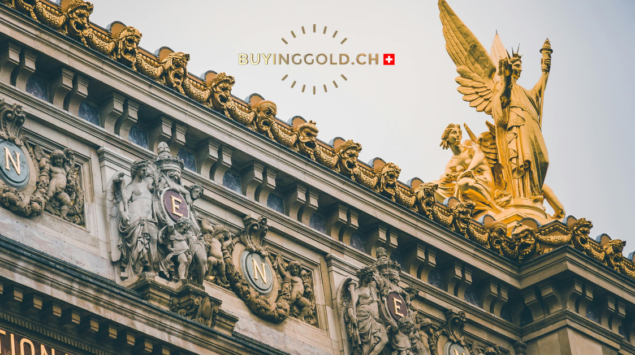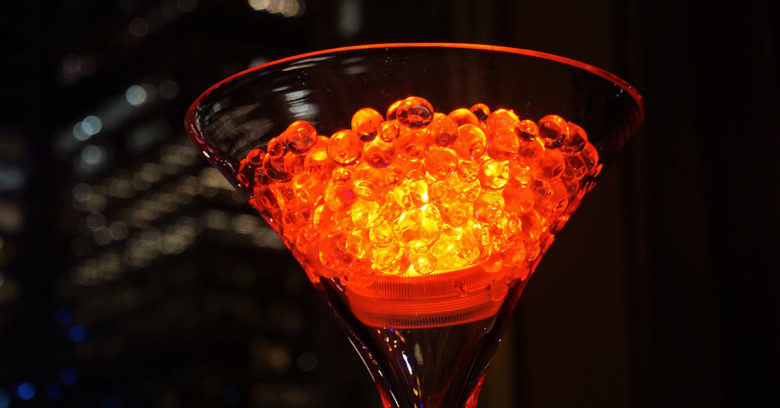
For many years, a craze for gold has taken hold of the world’s greatest “cuisines”. This gold is not used to decorate plates and cutlery, but is intended to be eaten. These are gold leaves that now cover dishes and desserts on the most famous restaurants’ tables.
Between luxury marketing and the fantasy of some happy few, what does gold really bring to the kitchen? Gustatively little enough. It is above all a matter of aesthetics… and money.
Thus by affixing a few gold leaves to a dessert, the bill can easily rise by displaying tenfold higher prices.
We have seen caviar with gold, but also pizzas, such as Magic Oven in Toronto, and hamburgers, such as the Douche-Burger in New York, to highlight the contrast between this symbol of junk food and the ultimate luxury.
An advantage for the restaurant that chooses to add gold to its dishes: the immediate publicity and the attraction of the media. The more bizarre the combination, the more likely it is that the marketing operation will be successful.
However, gold in dishes is not new. The feasts of the Middle Ages were already used to see gold in meals. The wealthy society of the time could thus assert its wealth, its desire for luxury and incidentally impress its guests.
With no nutritional value, the only advantage of gold delicately placed on a dish is for the eyes, and the crates of the gastronomic establishment that offers it.





